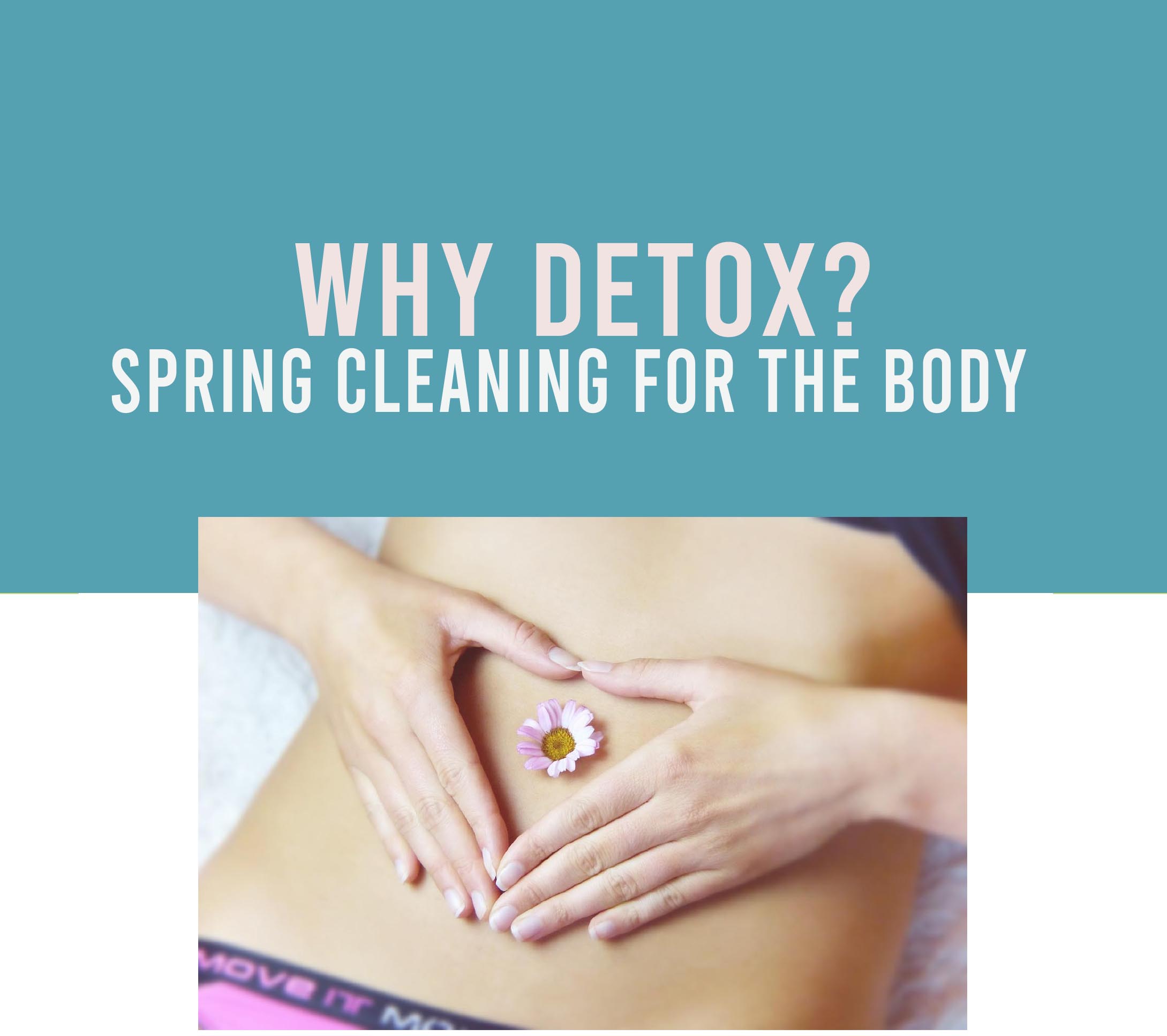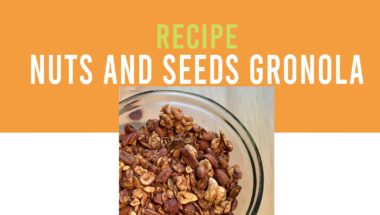Each person is estimated to have between 400 and 800 exogenous chemicals in the body, many of which have not been tested for human safety. Environmental toxins are found virtually everywhere in our modern world: air pollution (including inside the home due to chemicals in paint, carpets, and cleaning products), prescription drugs in our drinking water, pesticides and preservatives in our food, heavy metals in our cosmetics, and xenoestrogens in plastic containers. Carcinogenic chemicals like DDT and PCBs persist in the environment years after being discontinued.
The heavy load of toxins we are constantly absorbing overwhelms our natural detox pathways so they accumulate faster than the body can get rid of them. The body then stores the excess toxins in fat tissue to prevent them from circulating. During pregnancy, these toxins are able to transfer from mother to fetus: fetal umbilical cords are found to absorb over 200 toxic chemicals from the mother before birth.
Long-term exposure can generate numerous health concerns, including weakened immune system, autoimmune diseases, allergies, asthma, diabetes, cardiovascular disease, neurological diseases, and cancer. According to the Journal of the National Cancer Institute, over 90% of cancers are linked to environmental causes. It is important to remove these toxins from before disease develops.
Why Detox?
A detox program begins with healthy habits and works to strengthen the body’s natural detoxification pathways. Eliminating processed foods, caffeine, and alcohol from the diet decreases stress on such pathways; conversely, nourishing with organic vegetables and fruits provides energy needed for the body to heal. Vegetables including broccoli, Brussels sprouts, cabbage, and kale are particularly important for healthy function of our main detoxification organ: the liver. Supplements to consider include: herbs such as milk thistle and dandelion to support liver detox, Vitamin C to combat the damaging effects of oxidative stress from toxins, selenium and NAC to support production of glutathione (a natural antioxidant) in the liver, and DIM (diindolylmethane) and I3C (indole-3-carbinol) to help remove xenoestrogens from the body. Regular sweat-generating exercise helps increase circulation and release toxins. Adequate sleep is also important, as most body repair occurs during sleep.
It is important to maintain awareness of daily toxin exposure and adopt a proactive role minimizing exposure and incorporating long-term healthy habits. Keep in mind return to an unhealthy lifestyle will negate most benefits observed by a single detox program or episode.
References:
Cohen, M. (2007). ‘Detox’: Science or sales pitch? Australian Family Physician, 36(12), 1009-1010. Eliaz, I. (2018). The truth about detox. Retrieved from https://easyhealthoptions.com/truth-detox/ Examine (2018). Diindolylmethane. Retrieved from https://examine.com/supplements/diindolylmethane/
Mahan, L.K., et al. (2012). Krause’s Food and the Nutrition Care Process, Edition 13. St. Louis, MO: Elsevier. Minich, D. (2018). The Whole Body Cleanse. Retrieved from https://www.consciouslifestylemag.com/body-detox-cleanse- program/
Morello, G. (2009). Whole Body Cleansing. El Segundo, CA: Active Interest Media, Inc.
Sass, C. (2013). Planning a Detox or Juice Cleanse? 5 Dos and Don’ts. Retrieved from https://www.health.com/nutrition/planning-a-detox-or-juice- cleanse-5-dos-and- donts
Sass, C. (2018). To Detox or Not to Detox? Retrieved from https://www.shape.com/weight-loss/tips-plans/detox-or-not-detox Schoffro Cook, M. (2004). The 4-Week Ultimate Body Detox Plan. Canada: Wiley.




